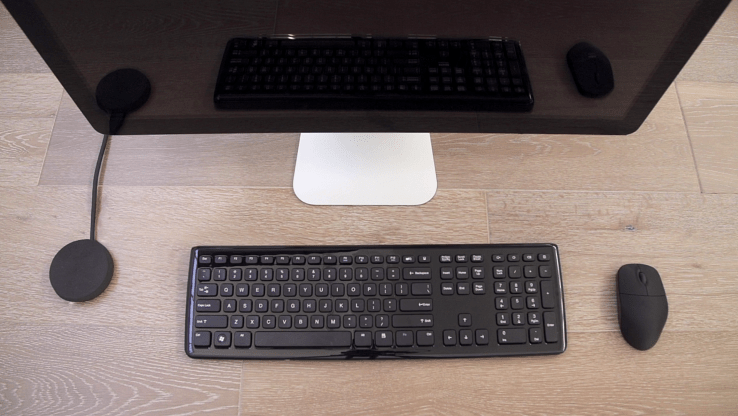
Imagine never having to buy new and expensive hardware to upgrade your personal computer with more speed and storage space. That’s the vision behind Y Combinator-backed Paperspace, a new company launching today, which is building a full, personal computer that lives in the cloud, which you access from any web browser. Similar, to some extent, to enterprise-grade solutions like VMWare, Citrix or Amazon Workspaces, but aimed also at a consumer or “prosumer” audience, the company is selling a small hardware device that plugs into any older desktop or laptop in order to provide you with the computing power you need on demand.
Called Paperweight, this low-cost hardware device connects you with your own remote machine on Paperspace’s servers, where you can choose from either a “basic” or “pro” option based on your computing needs. The device is considered a “zero client,” because unlike thin client technology, there’s only a small microprocessor on the inside – all the processing is taking place on the cloud.
Today, there are number of solutions for accessing computing power via the cloud thanks to companies like Amazon and others, but these services require users to be more technical in order to get started. Paperspace is different because it’s aiming to wrap up a similar service in terms of accessing a remote, cloud computer, but offering it through an easy-to-use console where everyday consumers can just click a button to log into their upgraded, more powerful remote machine.
Read More
Comments
Post a Comment